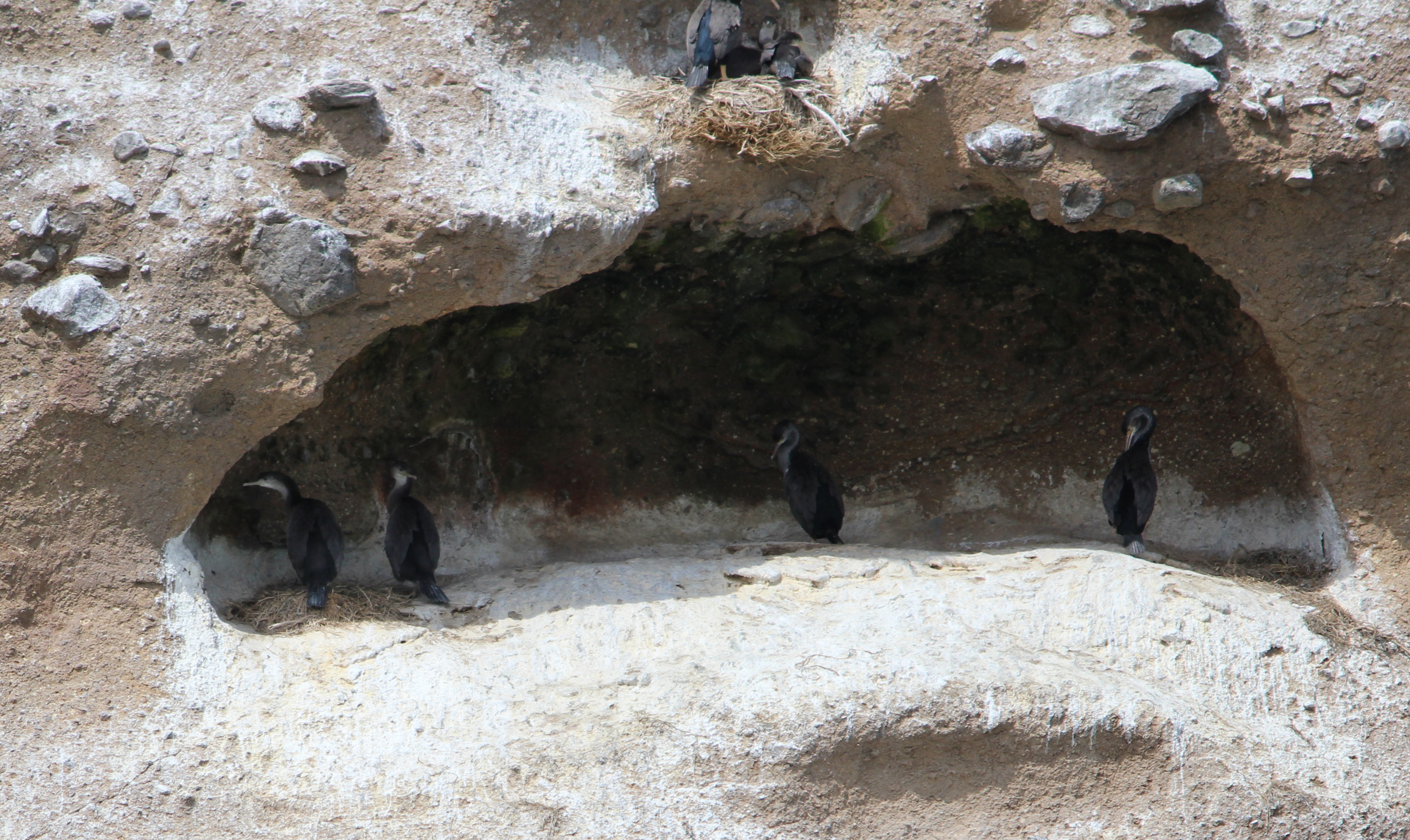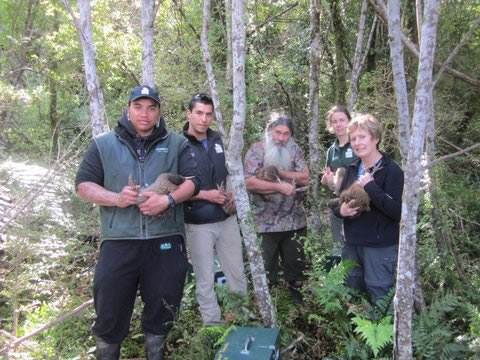Bluff’s Te Rau Aroha Marae is getting its very own wind turbine, thought to be a first for New Zealand.
“We wanted to support (Awarua Synergy) and put our money where our mouth is”, Te Rūnaka o Awarua Chair Hana Morgan said.
Owned by Te Rūnaka o Awarua, Awarua Synergy specialises in efficient energy solutions for homes, farms and businesses in Southland. [Read more…]

